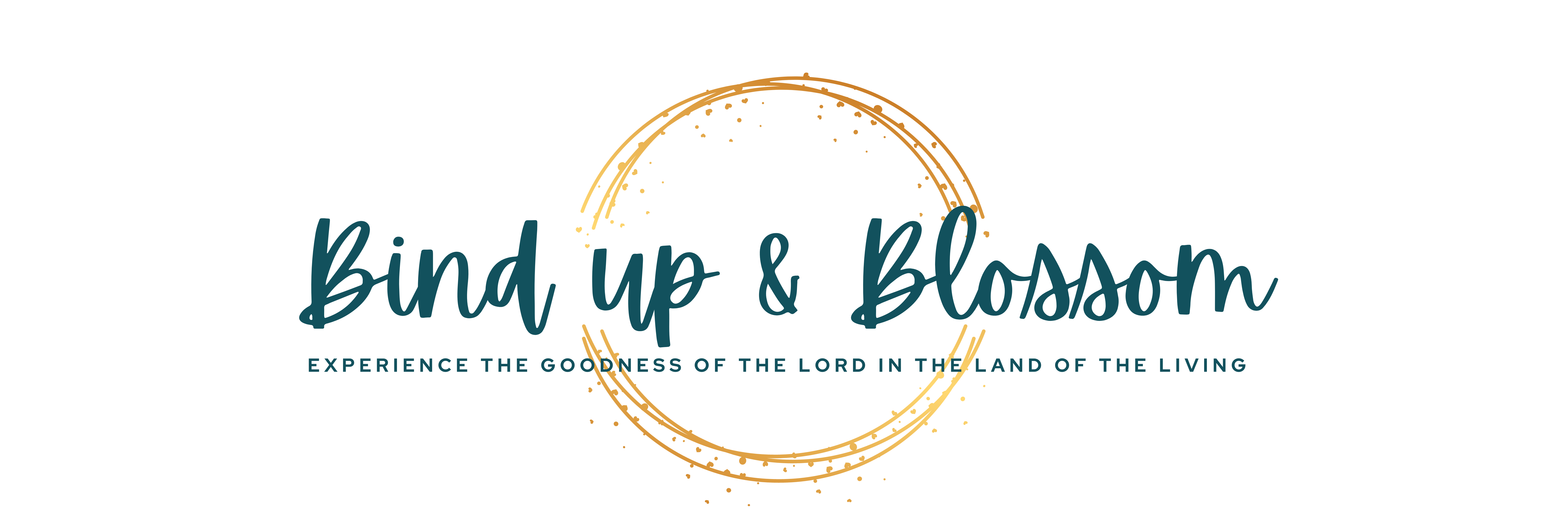Okay, now you can take out your goal sheet. It’s time to decide what you are going to do and what you are not going to do this school year. If you are like me, there will be fewer slots than goals and book titles. Do not change your beautiful routine to accommodate them! Prioritize. You’ll find these limitations oddly freeing. First you’ll tug at your hair lamenting, there aren’t enough slots! Then you will feel relief as those expectations drop off your shoulders.

So, slide the best things into their slots and put the rest on a waiting list. That’s right a waiting list for the good things that you don’t have time for right now. One day, you will realize that your maturing kids have the capacity to add another slot to the routine; that is when you consult your waiting list. In the meantime, when you hear about or think up some grand homeschool idea, just add it to your list.
Also, before you start, reexamine your prioritized list. What resonates most with your children? Keep that. What makes you giddy? Keep that. What do you hate? Is it necessary? My kids, for instance, love nature walks. I will never take nature play out of our routine. I love geography. My enthusiasm is contagious so I look for ways to use maps when we study weather or wildlife or geology or world cultures or historical events, etc. It makes me happy and that’s important. On the other hand, I hate prepping math at 9 o’clock at night (or while my children disperse at 9am). I hate it. So, as much as I wanted to align my schooling with the “learning style” mantras and playful math manipulative curricula, I use an open-and-go Master Books curriculum. And it works.
Here is a snapshot of last spring’s plan, when my children were in 2nd grade, kindergarten, preschool, and a toddler (N, L, J and M are their initials). I organize it in shorthand on notebook paper, but have typed it legibly for you. (For our preschool plan, read The Early Years: Our Preschool Routine and Gentle Homeschool Plan).
I use resources like Beautiful Feet Books‘ teacher guides, Read Aloud Revival‘s online book lists, Elizabeth Wilson’s Books Children Love topical list, Gail Ledbetter’s Timeline of the Classics, Ambleside Online‘s yearly literature recommendations and Five in a Row‘s picture book lineup to build our list. I do not hold tightly to any one of these resources, but reference them as I build my plans.

I keep lists of books, verses, poem, words and activities for the term. Whenever we finish one, I just slide another into its slot without changing the framework. This month I will slide, “How Firm a Foundation” into our hymn slot, “There is No Frigate Like a Book” by Dickinson into the recitation slot and 1 Corinthians 13:4-7 into our memory verse slot. We will continue reading the Bible and poetry by bookmarks and listen to Jim Weiss’ retelling of The Three Musketeers during lunchtime literature. Our music playlist will showcase French cafe music and the Les Miserables soundtrack, since we are studying France for social studies. When we finish studying France, we will move on to England and when we wrap up our French paintings study, we will shift to Shakespeare. Also, the kids seem ready for another slot in our routine, so I consulted my waiting list and added a social studies journal.
Rooting my plan in a rhythm-rooted routine brings ease and freedom to my planning process and a gentle flow to our schooldays. Your children are different from mine and their mommy is different from me, so your rhythm and plans will look different from ours. As always, feel free to send me any questions.
YOU MAY ALSO LIKE:
The Word of the Day: How We Learn Big Concepts in 15 Minutes a Day






